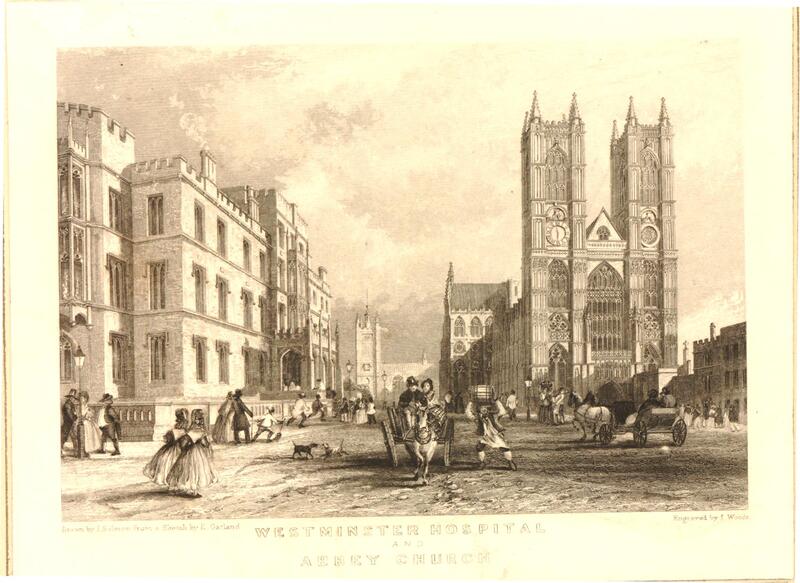Innovation in the Medical Field
Over the course of the Victorian Era, many new innovations and developments occurred that caused a new age in the medical field that shifted it to be viewed as scientific and professional. Some of those innovations that this exhibit will be looking at are new national pharmacopeia and medicine chests that helped ensure standardized practices and furthered the view of British medical practices as superior across the British Empire. How epidemics like cholera, small pox, and thypoid are handed, with the devolpement of the vaccine. As well as the development of new medical tools.
The Victorian Era was a time of reform and regulation, which is the reason for innovation within the period, with a call for institutional reform and the standardization of the field that ended a mostly unregulated practice with new acts from the British government. Some of those included the Apothecaries’ Act of 1815, the Anatomy Act of 1832, and the Medical Act of 1858. The Apothecaries’ Act was a major catalyst of innovation in the later half of the century into the Victorian Era. It was a parliamentary enactment that required licensing for the medical field for people who would give medical advice and sell medicine. The Medical Act of 1858 also created more regulation with the formation of the General Medical Consul that would regulate and ensure the qualifications of medical practioners.
The period also saw a rise in treatment in an institution, both hospitals and workhouses, with more and more people receiving medical help outside of their home. With historian David N. Livingstone stating that hospitals in the 19th century turned into places that, "Could promote itself as a scientific shrine with diagnostic laboratories and clinical technologies; and the wealthy willingly came for care."
Sources Used:
Susan C. Lawerence, "Medical Education and the Apothecaries Act," in British Medicine in an Age of Reform, ed. Roger French and Andrew Wear (Florence: Taylor & Francis Group, 1991), 45-48.
Graham Mooney, “Diagnostic Spaces: Workhouse, Hospital, and Home in Mid-Victorian London.” Social Science History 33, no. 3 (2009): 358.

